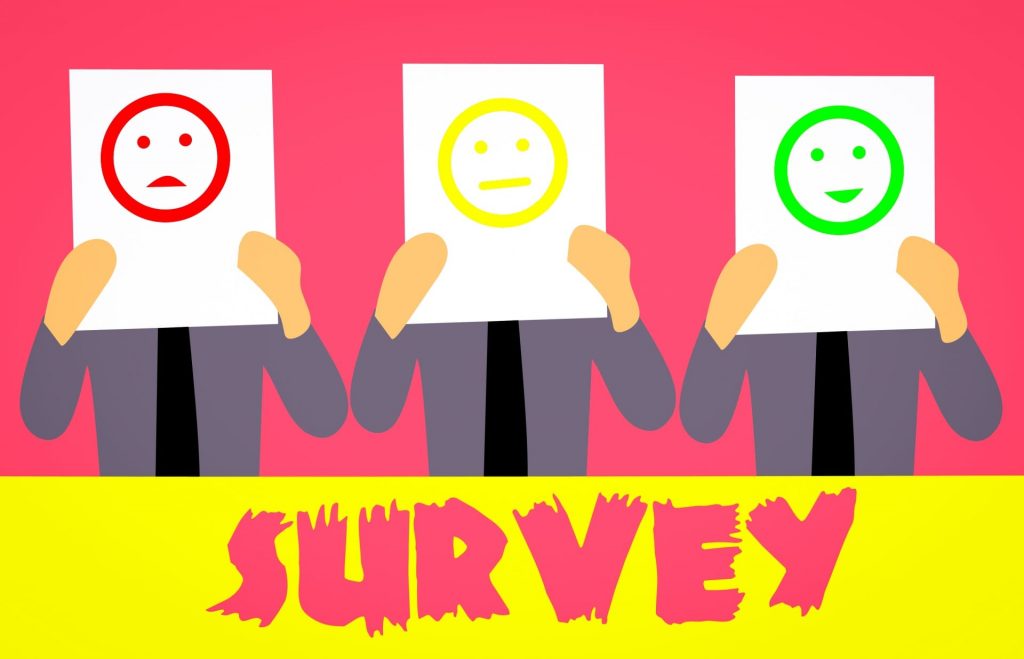
Net Promoter Score – what’s the point?
It all depends on the context
An unwanted set of medical visits last week resulted in an equally unwanted set of follow-up texts.
My local hospital trust “would like me to think about your recent experience in the Emergency Department. How likely are you to recommend us to your friends and family if they needed similar care or treatment? Reply 1 for Extremely likely, 2 for Likely, 3 for Neither likely nor unlikely, 4 for Extremely unlikely or 6 for Don’t know. Please reply today, your feedback is anonymous and important to us and helps us to improve our service…”
There was no follow up question in their survey – clearly they were just wanting a number.
My GP’s surgery then did exactly the same.
Yes, the much-touted and widely-discussed Net Promoter Score (NPS) was at work again!
Well, actually the experience and the care in both cases were great but I didn’t reply, but because the context of the experience means that I think NPS has no significance in isolation. If I had responded with 8 but with no opportunity for follow-on comment how can they react? If the hospital looks at their scores how can they do anything meaningful unless they have some view of what aspect of my experience is not great in the my opinion.
No choice
It got me thinking what do people use NPS for? Picture the scene if you can: someone close to you is suddenly taken ill. The LAST thing you are going to do is say “Hmm, let’s take you to XYZ Hospital, they have a really great patient experience and I’d heartily recommend it!”
If you lived in my neck of the woods you would only have one choice in an emergency, assuming it didn’t require an ambulance: the nearest hospital. And that’s in London – an area not short of “competitor” hospitals; elsewhere you most likely wouldn’t have a choice.
Similarly, signing up for a GP is not like having a bank account or a phone service: you tend to sign up long-term and don’t like to switch unless you move house. You might recommend individual doctors within a practice to your nearest and dearest depending on your experience but that’s not the question.
I asked a GP friend of mine who’d moved from my surgery to another practice whether they were using a similar measure. “Oh yes” she said, “we do the scoring as specified and then we have to send the results to the Department of Health.” As far as I can tell there is no follow-up or any expectation to do anything differently. The score was being used little more than a traffic light to gauge the surgery was performing above a minimum threshold.
So, what’s the point of NPS?
Despite its misapplication in parts of the National Health Service, the measure is partially useful, but it does not deliver quite the impact it claims:
- If I have a great experience from supplier A where various competitors are readily available, I’ll form an emotional attachment to the supplier that provided it. I might quite like Supplier A but part of the attachment is based on confidence they can do the job and trust that this will happen consistently.
- I’ll be more much likely to tell someone that I recommend supplier A and much of the time I will give them a 9 or 10. In this scenario NPS accuracy is working.
- I might be using NPS after a visit to a retailer. If I got what I wanted, and the assistant had smiled at me nicely then I would be more than happy to give a nice round 10. Then I would most likely forget I had ever been there and I never raise it in conversation again. The scoring system is not working so well.
Because it’s focused on measuring my reaction to specific events NPS is not a complete picture. The experience I have had needs to be part of a journey towards a particular outcome. To use my recent healthcare example, that journey won’t be complete until I have had a follow-up appointment and further treatment, if needed, a process involving referral and booking into the appropriate clinic. My satisfaction (not likelihood to recommend) won’t be determined until my desired outcome – good health, reassurance about future health concerns – is achieved.
And it still won’t involve me recommending any form of medical treatment, no matter how great the experience is.
Building on success
At NextTen we find it’s much more helpful to talk about customer success which we define as a combination of fulfilling the customer’s desired outcome and providing a good experience. Using these two dimensions we can build a customer advocacy matrix. High advocacy companies combine a great customer experience with a great outcome delivery, although it’s possible to achieve business success with an OK or even below-average experience as long as you deliver the customers’ desired outcomes as low-cost airlines continue to prove.
- Ryanair and Spirit: poor customer experience but great profitability.
- Kingfisher Airlines: great experience but went bust!
Context is everything
NPS can certainly tell you if you’re in the high advocacy quadrant of the matrix, but you’ll need additional qualitative data to understand why you’re there, or if you’re not, where you need to improve. And if your market context isn’t one where high levels of customer choice or switching occur then you would be better off measuring something meaningful like the number of and reasons for customer complaints.





